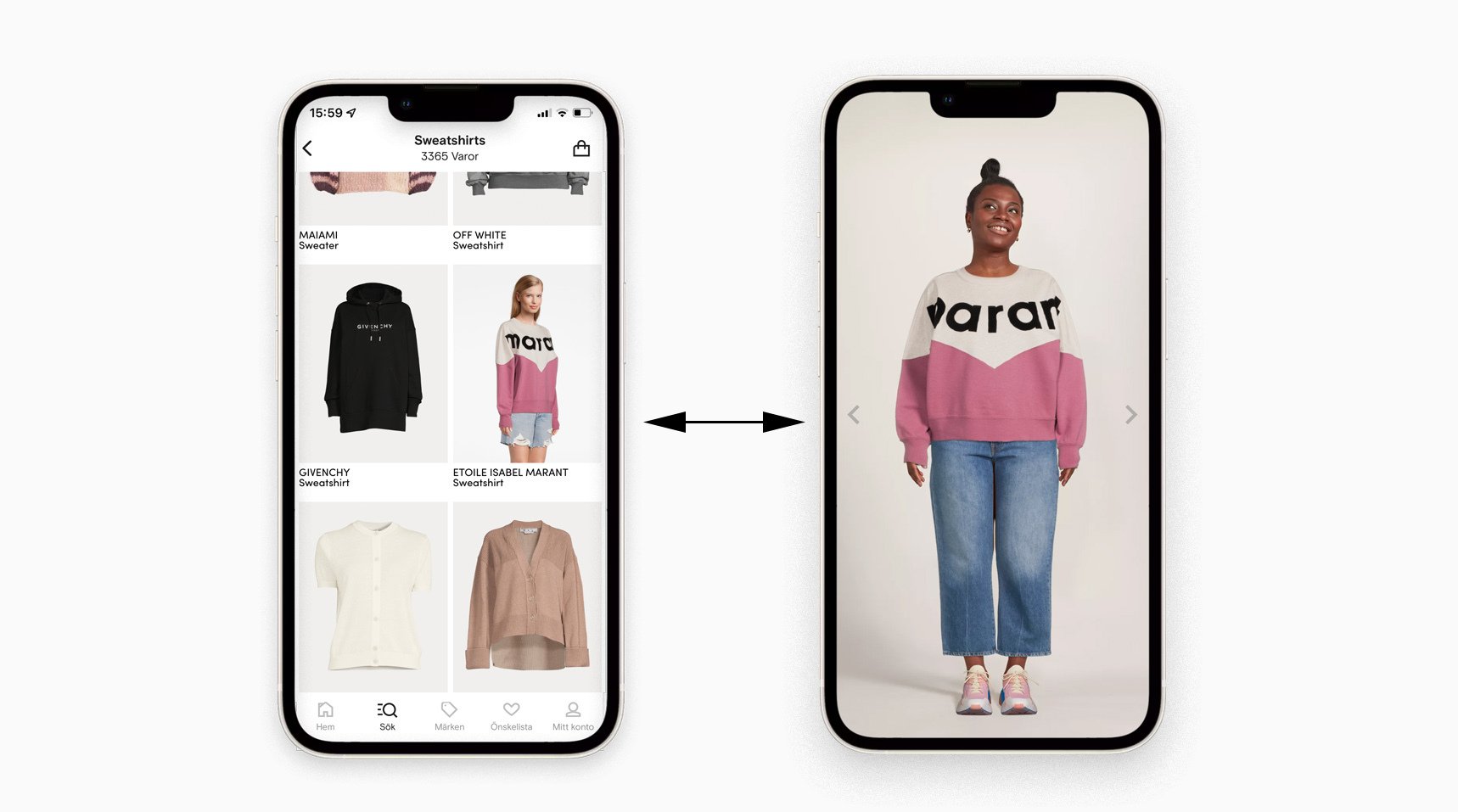The fashion industry is not immune to change, but one of the most dramatic transformations in recent years has been the rise of digitalization and its influence on traditional retail. As e-commerce continues to expand and evolve, traditional brick-and-mortar retailers face new challenges and opportunities. Let’s take a look at how digitization has transformed the fashion retail scenario and how e-commerce has influenced consumer behavior, altered business models, and redefined the shopping experience.
E-commerce has completely transformed the fashion industry by changing the way people shop for clothes, accessories, and footwear. Gone are the days of packed stores and long checkout lines; today, shoppers may access a wide range of fashion products with a few taps on their cell phones or clicks on their laptops. Online shopping is very easy and convenient as it allows customers to browse through the styles, sizes, and price ranges of their choosing from the comfort of their homes. E-commerce platforms provide unrivaled ease, with features including 24-hour availability, doorstep delivery, and hassle-free returns, making it easier than ever for customers to satisfy their stylish needs.
Consumer’s Changing Behavior
Digitalization has not only transformed the way people shop for clothes, but it has also greatly influenced their behavior and preferences. Consumers today are more empowered and aware than ever before, thanks to the abundance of information available at their fingertips. With just a click, customers can read product reviews, compare prices, and research brands, allowing them to make better-informed decisions. Social media platforms have also become important tools for discovering new trends, obtaining style inspiration, and connecting with brands and influencers. Consumers now have a platform to express themselves, share their fashion discoveries, and interact with others who share their interests due to the rise of influencer marketing, cultivating a sense of community and belonging in the online world. With social media platforms playing an increasingly important role, consumer behavior in the fashion industry has grown even more complex and varied.
The shift in business models brought about by digitization has driven conventional retailers to adopt new strategies and technology in order to remain relevant in a quickly changing market. Many brick-and-mortar retailers have invested in solutions that integrate their online and offline channels to deliver a consistent shopping experience across various outlets. This strategy enables merchants to utilize their physical presence while taking advantage of the convenience and accessibility of e-commerce.
Click-and-collect services, virtual fitting rooms, and virtual reality technologies are just a few of the creative solutions that traditional retailers are implementing to improve the digital shopping experience and differentiate themselves in a competitive marketplace. Partnerships and collaborations with online marketplaces and digital platforms are also becoming more common, allowing retailers to broaden their reach, attract new customers, and increase sales through online channels. Traditional businesses can now position themselves for success in an increasingly digital world, where the lines between online and offline shopping are blurring.
Challenges and Opportunities
Despite the benefits provided by e-commerce, traditional retailers are facing significant challenges in adjusting to the digital marketplace. One of the most significant challenges is the necessity to invest in technology and infrastructure to support online operations successfully. Building and maintaining an e-commerce platform involves substantial funds and skills, ranging from website creation and hosting to payment processing and logistical management. Traditional shops face fierce competition from e-commerce companies and global marketplaces, which frequently have larger resources and reach. This competition can result in price wars, margin pressure, and a race in terms of discounts and promotions, all of which reduce profitability and brand equity.
Despite these hurdles, traditional retailers also have opportunities to take advantage of their strengths and differentiate themselves in the digital space. Retailers can foster loyalty and appeal to customers who appreciate quality, authenticity, and experience by emphasizing their distinct value propositions, such as personalized service, handpicked offerings, and brand legacy. Furthermore, partnerships and collaborations with online marketplaces, social media influencers, and technology providers can assist traditional shops in expanding their reach, increasing traffic, and improving the digital shopping experience.
Looking ahead, the continued integration of digital and physical channels will most certainly influence the future of fashion retail. E-commerce will continue to dominate the retail sector, with online sales likely to increase significantly in the coming years. However, traditional retail will not disappear completely; rather, it will evolve and adapt to meet consumers’ changing demands and tastes. Hybrid models that combine the convenience of Internet shopping with the tactile experience of physical stores are likely to gain popularity, giving consumers the best of both worlds.
Conclusion
In conclusion, e-commerce’s impact on traditional retail in the fashion sector is significant and far-reaching. Digitalization has profoundly altered consumer behavior, company models, and the shopping experience, transforming the retail environment in the process. Traditional retailers face new problems and competition in the digital age, but they also have chances for innovation, development, and uniqueness. Ultimately, success in the fashion retail industry will be determined by retailers’ ability to embrace digitalization, innovate consistently, and provide excellent value and experiences to their customers, both online and offline.



























